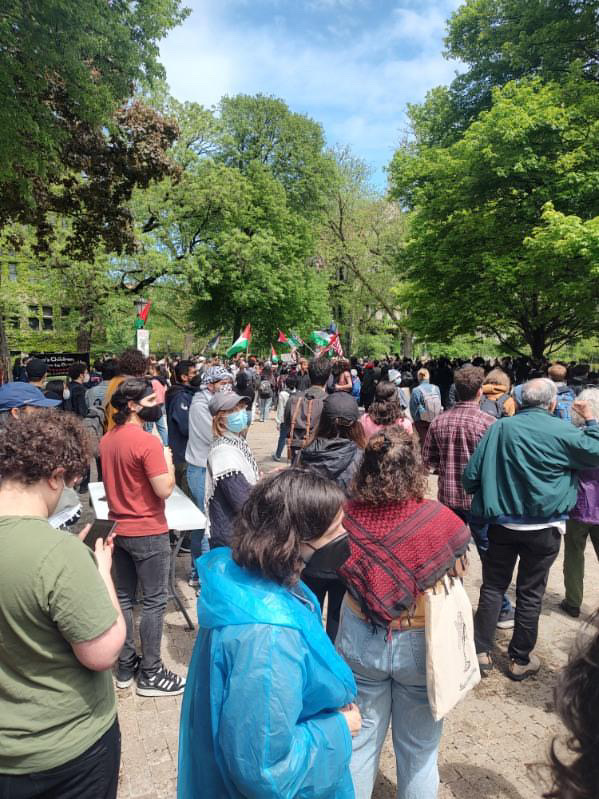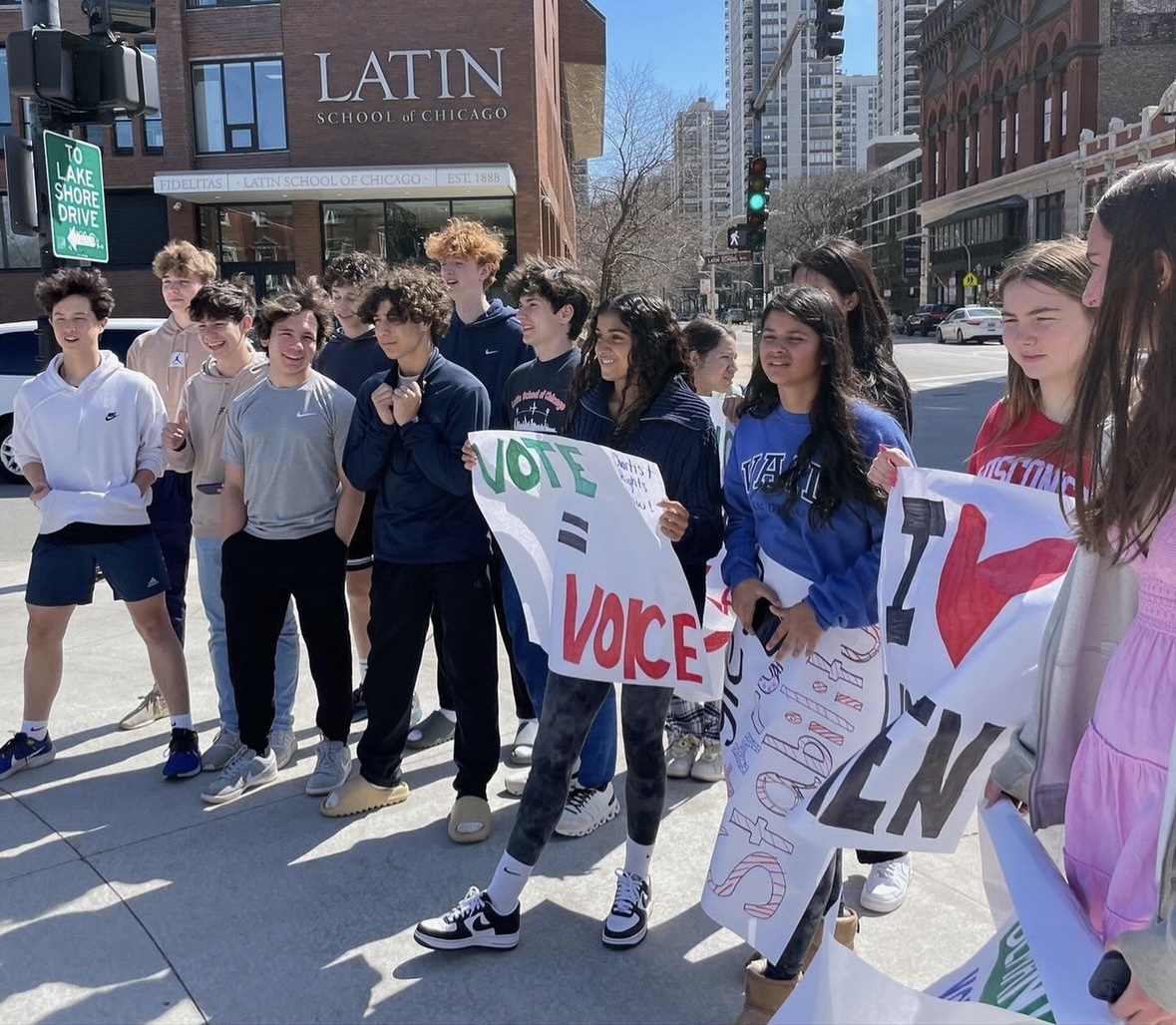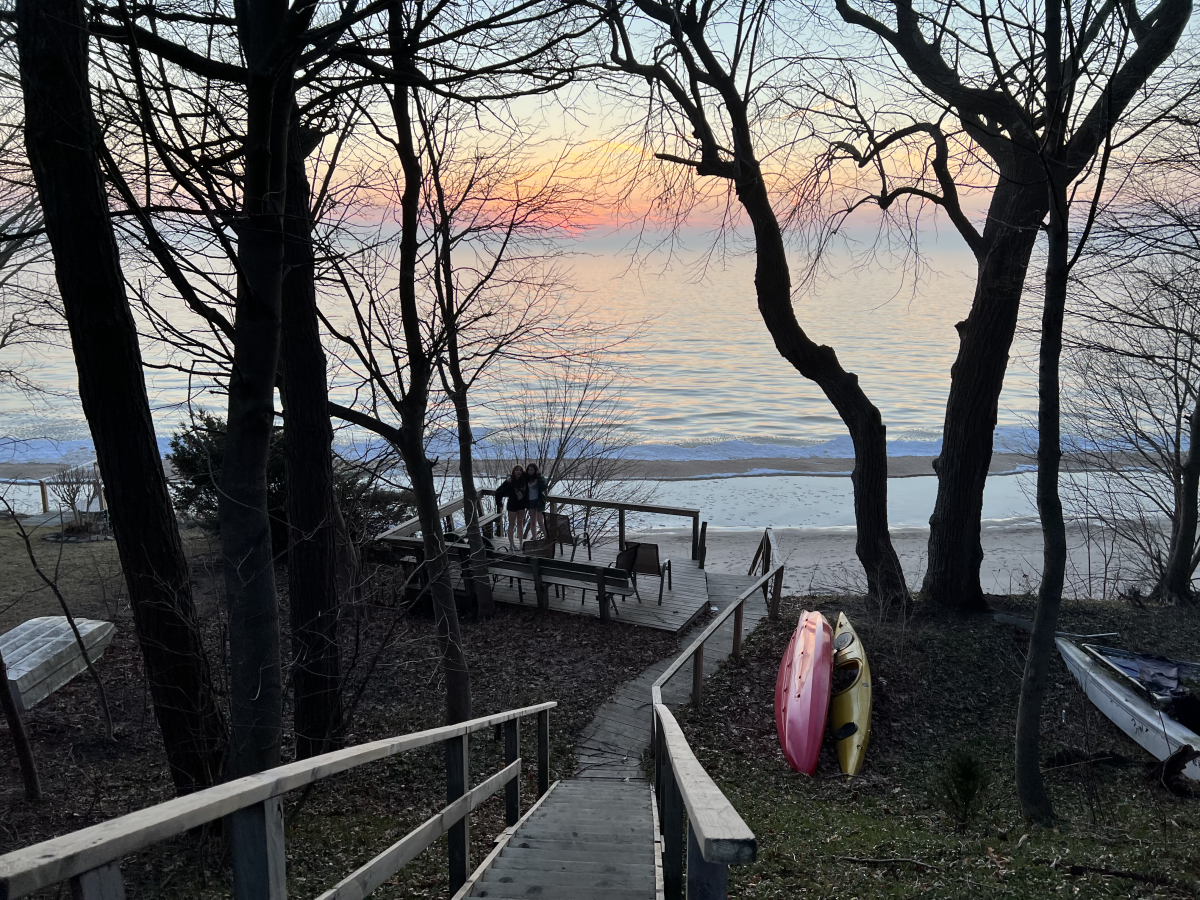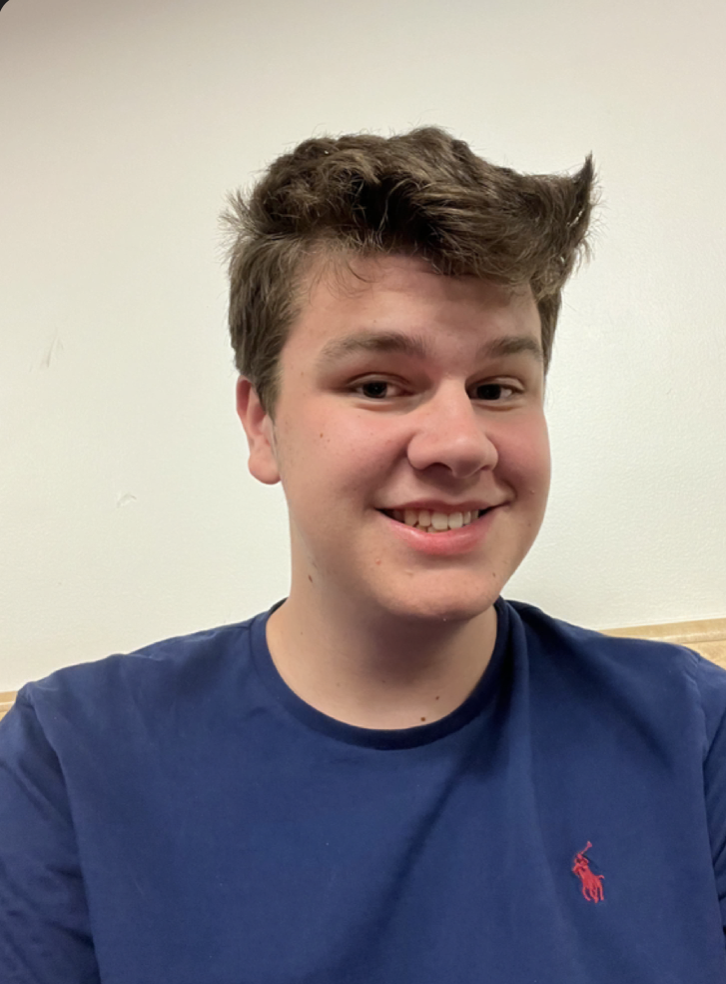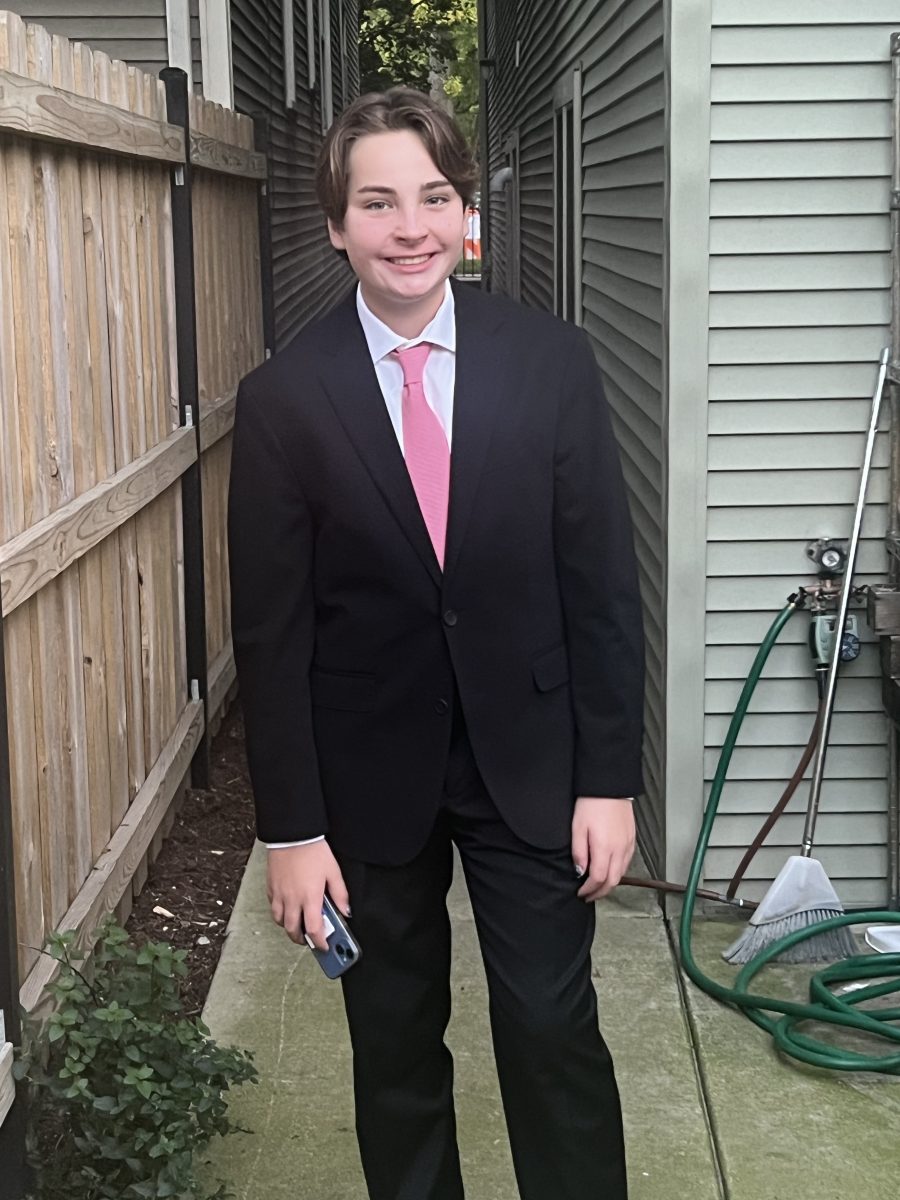As the 2024 Presidential election approaches, Latin is attempting to combat low youth voter turnout through clubs, posters, and drives. Despite these efforts, Latin students still show an apathetic response to voting—of those eligible to vote by the 2024 general election, only 64% of the 38 surveyed plan on voting.
“I think a lot of kids, if you talk to them, say they want to vote and they are excited about voting,” Upper School history teacher Debbie Linder said. “But I don’t know if everybody really knows what to do.”
This problem inspired alumna Nina Burik ‘22 to found the We Will Vote Club, which still runs as a club today. “I officially started the club my senior year,” Nina said, “but this was something I was thinking about essentially all throughout my junior year. My junior year was the 2020 election, and obviously, that had a profound impact on my understanding of the voting process. I was thinking, my senior class will be eligible to vote in the next election, so we have to get registered.”
When considering hurdles in the way of youth voting, Ms. Linder said, “I think, just, awareness. People don’t know what they don’t know.”
“There’s so much information out there that makes it easier,” Ms Linder added. “But I think just taking that first step into getting that information is what we need to help them get past, and once we get there, there’s a much better chance of getting people to vote.”
Lack of awareness surrounding voting isn’t the only deterrent to youth participation in elections. In many cases, the very system around voting registration in the United States acts as a barrier.
“I definitely felt as though a lot of my peers didn’t even know the barriers to the ballot that actually existed,” Nina said. “For instance, I don’t think it was super obvious to 17, 16, 18-year-olds that the registration process is actually a process.”
“I started reading a lot of books about voting rights advocates in [COVID] lockdown. They totally shaped my entire mindset of the voting system in the United States—I mean, in most countries, voter registration is automatic, so the fact that you need to register to be able to vote [in the U.S.] is very futile and pretty stupid in a lot of ways that are a form of voter oppression.”
While 50% of all countries have some form of automatic voting registration system, the U.S. does not. This divide mirrors patterns in average youth voter turnout: The U.S. ranks 31st in youth voter turnout, trailing nations with automatic registration.
The race and ethnicity of eligible young voters also impact these turnouts. According to Tufts University, Latinos are the most underrepresented among youth voters, while white constituents have been turning up at a significantly higher rate.
Giovanna Carrillo, the Hispanic outreach specialist for the Chicago Board of Election Commissioners, is one of the individuals fighting to close this gap. “The Board of Elections specifically does a lot of outreach events, and a handful of our outreach events do take place in different high schools throughout the city,” she said.
Language barriers account for some of the biggest hurdles in making voting accessible for all. “We do pride ourselves in offering a lot of language assistance because voting shouldn’t have to be intimidating or scary,” Ms. Carrillo said.
Many young voters also feel stifled by the two-party system. “In this job, we say that there are as many parties as there are people,” 43rd Ward Alderman Timmy Knudsen said. “Not all Democrats or Republicans believe the same thing—that’s the fallacy of the two-party system.” Because each Presidential candidate may offer a unique set of opinions and goals, the broad labels that define the Democratic and Republican may fail to represent these nuances.
“I think [students] are disillusioned with the primary parties and that makes them probably less likely to want to vote,” Ms. Linder said. “I think there’s frustration on both sides. With that, primaries set you up negatively because they’re only about parties, rather than about people.”
While the 18-29 age group accounts for 23% of all voters, the average age of a Presidential candidate is in the 50s.
The age gap between youth voters and Presidential candidates results in a gross underrepresentation of young people in the issues that concern them the most, such as global warming, immigration, and education.
Ms. Carrillo said, “How can the issues that are a little more geared towards young people be addressed if young people aren’t voting?”
Alderman Knudsen said, “I think that it is insanely important that the youth vote shows up in this next election.”
While younger voters are still in the minority, youth voting is far from a lost cause. In their voter registration drive on February 9, the We Will Vote Club registered 68 Latin students—a number the club hopes will grow in time for the 2024 election.
“I don’t think we empower our students enough,” Ms. Linder said. “They are smart, they are wise … they can really make a difference.”

